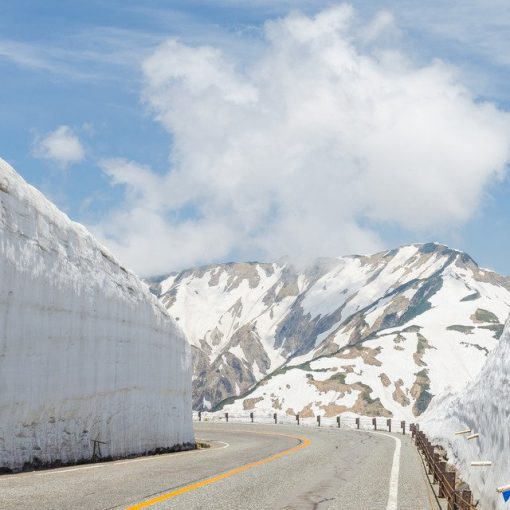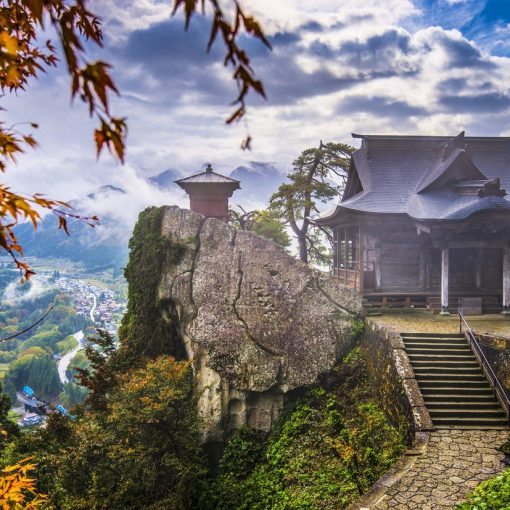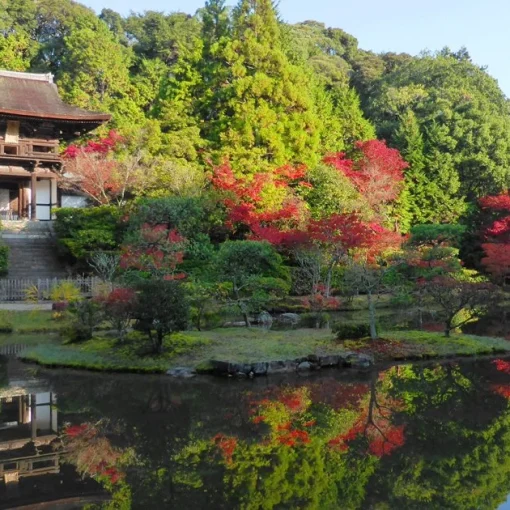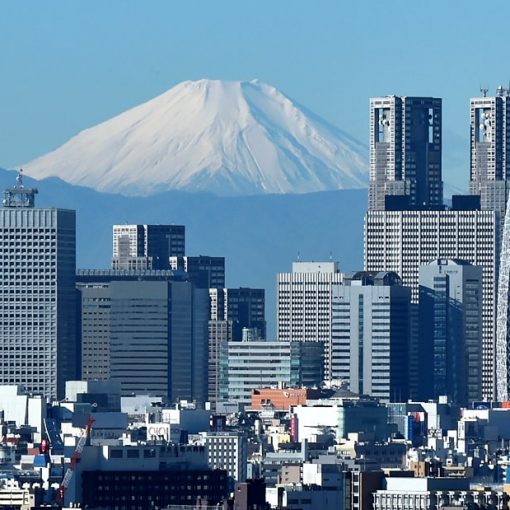Located in the center of Honshu, Gifu Prefecture is a place that changed the course of Japanese history forever. The famous battle of Sekigahara took place in 1600 in the city of Gifu of the same name. Tokugawa Yeyasu won the battle, after which he and his heirs ruled Japan for the next 268 years, when Japan was practically closed to foreign trade. The city of Edo (now Tokyo) has become the main city of the country, but Sekigahara and Gifu have much to offer their visitors.
The village of Shirakawa-go of 59 houses on the UNESCO World Heritage List was until recently an almost isolated corner of the country, where a rare traveler would dare to go. The roads were impassable even for horses, so the residents who found themselves in forced isolation had no choice but to come up with their own architectural style. All the houses in the village are made without a single nail, and the roofs resemble the hands of Buddhist monks folded in prayer.
The oldest buildings date back more than 4 centuries, and villagers still live in them. In the village, the “yu” system is actively practiced – a kind of communal economy. When a neighbor’s roof leaks, they fix it with the whole village. If you were asked for help, then you can be sure that, if necessary, a helping hand will be extended.
In conditions of isolation, it was the only way to survive, but now that the village has become open and accessible to guests, the younger generation, according to rumors, often tries to shirk from the accustomed system of mutual assistance and collective labor.
The castle from which Oda Nobunaga began the unification of Japan
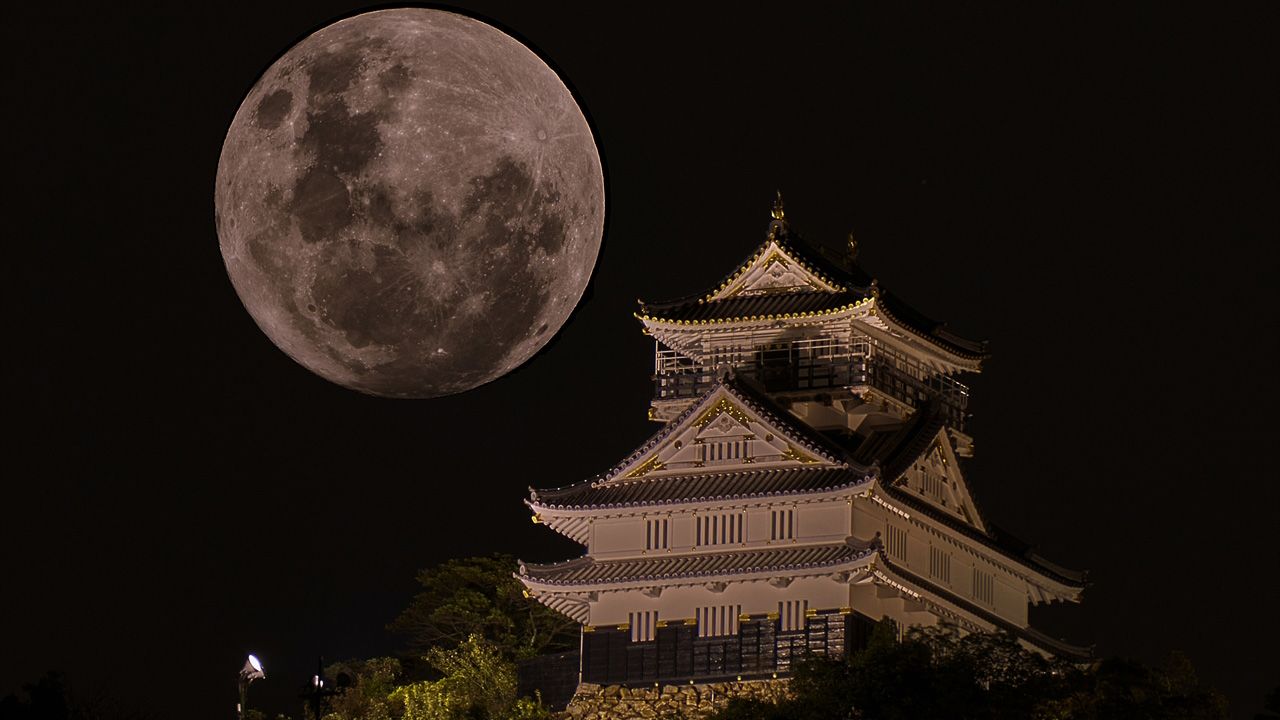
It is believed that the castle on Mount Kinkazan, where Gifu Castle is located, was first built by the Kamakura period warlord Nikaido Kyosuke in the early 13th century. As a full-fledged well-equipped castle, it was rebuilt under Saito Dosan, a warlord of the Warring States period (1467-1568), nicknamed Mino no mamushi, “Mino’s viper.” In 1567, Nobunaga, who was Dosan’s brother-in-law, took over the castle and changed the castle’s name to Gifu. There are no buildings left of that time, but the Portuguese missionary Froy, who visited the castle, wrote: “I have never seen anything comparable to this palace in beauty, luxury and purity.”
From the current tower of Gifu Castle on top of the mountain opens towards Nagoya, and you can imagine the feelings of Nobunaga, who looked from here, hatching plans for the unification of the countries. A cable car leads to the top of Mount Kinkazan, and now you can easily climb to the once impregnable mountain castle.
Hida is a scenic, historical area in Gifu Prefecture
Hida is a picturesque, historical area of Japan in Gifu Prefecture, great for independent travel. The route of the train of the same name passes through the area of the city of Hida, allowing you to fully enjoy the Japanese landscapes outside the window. The Hida Wide View Hida train is another well-known train for its stunning views: a train that passes through one of the most beautiful parts of old Japan. The Hida Wide View semi-express train runs between Nagoya and Toyama, stopping at cities such as Gifu, Takayama, and Hida-Furukawa along the way. The train got its name precisely because of the city of Hida, located in Gifu Prefecture, and the territories adjacent to it. The prefix “Wide View” indicates that the train is equipped with wide panoramic windows that allow you to enjoy the trip to the fullest. This is a diesel train of the Kiha 85 model, and it goes slowly: most sections it passes at a speed of around 90 km / h, and only between the cities of Nagoya and Osaka accelerates to 120 km / h. There is also a train that starts its movement from Osaka, following to Nagoya and further along the route described above. This train has the number “25” and runs only once a day. Return train number “36”.
Hida is a very picturesque town located near the city of Takayama. The local population basically lives quite simply, having their own culture, which is different from the culture of the rest of Japan. For centuries, these territories were isolated from the outside world, and until recently, the only way to get here was the most dangerous passage through the mountains.
For travelers, walking around the city is like traveling back in time: terraced farming in summer, traditional houses covered with snow in winter. The Hida area has also always been known as the area of skilled carpenters: temples and castles that everyone can see now in the ancient capitals of Japan (Kyoto, Nara) were built by craftsmen from the Hida area. For about 500 years, tens of thousands of local artisans worked for the good of the country. In Japan they were called “Hida no Takumi”.
Unlike popular tourist routes, the city of Hida and its environs is a place where you can see the calm, unhurried life of the Japanese village: here and there persimmons are dried on long beams; fishermen sit by the river; the farmer works in the rice field.

